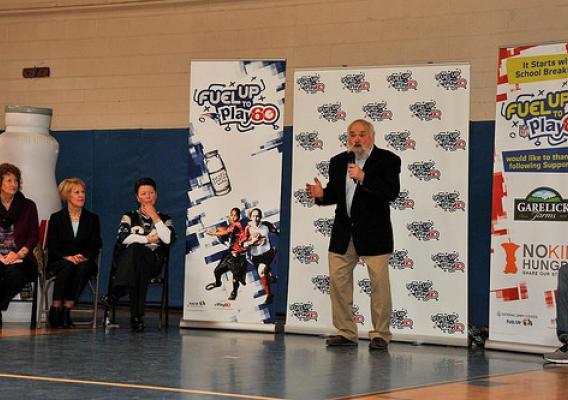As schools continue to move forward with serving healthier meals to tens of millions of our nation’s school children, there is a natural need for a model of sharing best practices. To provide that support, our partner, the National Food Service Management Institute (NFSMI), will pilot the Team Up For Success Training Initiative in the Food and Nutrition Service’s Southeast Region.
Through the initiative, schools will participate in a tailored training workshop and then enter into a peer-to-peer mentoring program designed to address their individual needs and resources. The pilot will be conducted with about 48 school food authorities to help schools implement the updated meal requirements while maintaining financial stability and student participation.
We appreciate all that the NFSMI is doing to help build a healthier next generation.
By Katie Wilson, PhD, SNS Executive Director National Food Service Management Institute, The University of Mississippi
Team Up for School Nutrition Success is an exciting new initiative of collaboration between USDA and the National Food Service Management Institute (NFSMI) providing a peer to peer mentoring program for school nutrition directors. This first pilot in the Southeast Region includes over 100 attendees invited to discuss challenges, identify best practices, and learn about free resources available to them from a variety of allied organizations.









